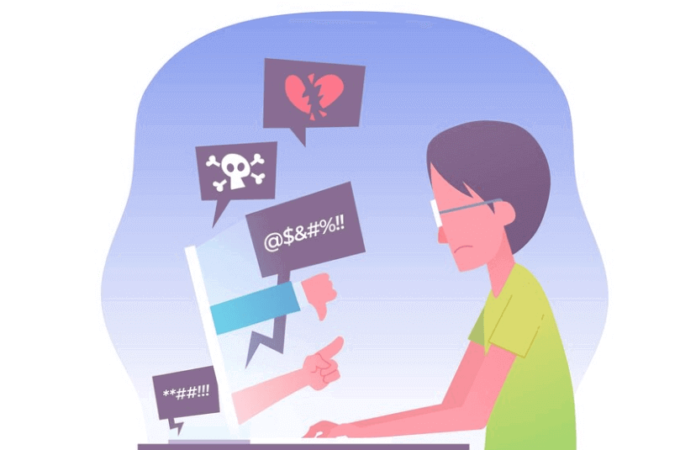
People Process Technology Framework: What is this?
I. Introduction
The People Process Technology (PPT) framework is a strategic model that organizations adopt to enhance overall efficiency and achieve success. It revolves around the dynamic interplay of three essential elements: people, processes, and technology.
A. Definition
At its core, the PPT framework is designed to create a symbiotic relationship between human resources, operational workflows, and technological tools. This holistic approach ensures that organizations operate seamlessly and adapt to the ever-changing business landscape.
II. Importance of the PPT Framework
A. Holistic Approach
The PPT framework takes a holistic view of an organization, recognizing that success is not solely dependent on one element but rather on the integration and alignment of all three: people, processes, and technology.
B. Alignment of Elements
Achieving success requires a strategic alignment of people, processes, and technology. When these elements work in harmony, organizations can respond effectively to challenges, capitalize on opportunities, and drive sustainable growth.
III. Exploring the Three Pillars
A. People in the PPT Framework
- Skills and Competencies
- Organizations must identify and foster the skills and competencies necessary for success. According to a study by the World Economic Forum, 42% of employers believe that skills gaps are a significant barrier to implementing the PPT framework.
- Motivation and Engagement
- High levels of motivation and engagement among employees are crucial. A Gallup study found that companies with engaged employees outperform their counterparts by 147% in earnings per share.
- Communication Strategies
- Effective communication is key to successful collaboration. Research by Deloitte reveals that organizations with open and transparent communication channels are 50% more likely to have lower employee turnover.
B. Processes in the PPT Framework
- Workflow Optimization
- Optimizing workflows is essential for operational efficiency. According to McKinsey, organizations that invest in optimizing their workflows experience a 30% increase in efficiency.
- Identifying Bottlenecks
- Addressing bottlenecks in processes is critical. A survey by the Project Management Institute (PMI) found that 55% of project managers believe that identifying and mitigating bottlenecks is a top priority for successful project delivery.
- Continuous Improvement
- Embracing a culture of continuous improvement ensures long-term success. According to a study by Harvard Business Review, organizations that prioritize continuous improvement are 67% more likely to achieve their strategic goals.
C. Technology in the PPT Framework
- Tools and Systems
- Choosing the right technological tools is crucial. Gartner reports that organizations that effectively select and implement technology see a 20% increase in productivity.
- Automation for Efficiency
- Automation streamlines operations. A report by Capgemini found that 74% of organizations that implemented automation experienced improved business process efficiency.
- Adaptation to Technological Changes
- Staying abreast of technological advancements is vital. According to a survey by PwC, 75% of CEOs believe that a lack of technology skills in employees is a significant concern for their organizations.
IV. Achieving Synergy in the PPT Framework
A. Balancing Act
Achieving synergy involves maintaining a delicate balance between people, processes, and technology. Organizations that strike this balance effectively are better positioned to innovate and respond to market changes.
B. Case Studies
Real-world examples highlight the successful implementation of the PPT framework. Companies like Amazon and Google attribute their success to a strategic alignment of people, processes, and technology.
V. Common Challenges and Solutions
A. Resistance to Change
- Understanding Resistance
- Employee resistance to change is common. Addressing this requires proactive communication and employee involvement in the change process.
- Change Management Strategies
- Successful change management involves clear communication, training programs, and acknowledging and addressing employee concerns.
B. Technological Integration Issues
- Compatibility Challenges
- Ensuring compatibility during technological integration involves thorough testing and collaboration between IT and operational teams.
- Training and Development
- Employee training programs are essential to ensure a smooth transition to new technologies. Investing in ongoing development helps employees adapt to technological changes.
VI. Future Trends in the PPT Framework
A. Evolving Technologies
As technology continues to evolve, organizations must anticipate trends and strategically integrate new technologies into their PPT framework.
B. Remote Work Dynamics
The rise of remote work emphasizes the need for organizations to adapt their PPT framework to the challenges and opportunities presented by a distributed workforce.
VII. Conclusion
In conclusion, the People Process Technology framework serves as a blueprint for organizational success. By recognizing the interconnectedness of people, processes, and technology, businesses can navigate challenges, capitalize on opportunities, and thrive in an ever-evolving landscape.
Visit our website for more. Click here: “Quick Trend Insights“.





